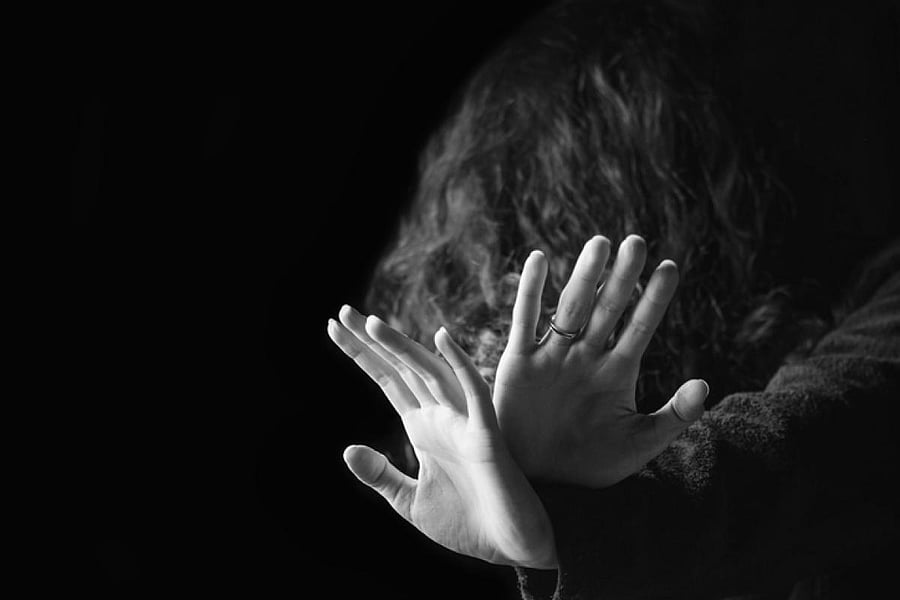
About two years after the abuses and atrocities on women and children in a shelter home in Bihar’s Muzaffarpur came to light, reports suggest that the conditions in most such institutions have remained the same or have deteriorated. The Muzaffarpur outrage, which was brought to light in 2018 by an audit conducted by the Tata Institute of Social Sciences, Mumbai, had drawn attention also to the working of other shelter homes in the country. The Supreme Court had taken an interest in the case and transferred the Muzaffarnagar case from Patna to Delhi. The politically influential persons who ran the shelter home, where rape, torture and sexual abuses were regularly committed, have now been punished by a Delhi court. The Supreme Court had also expressed strong disapproval of the apathy of the state government towards protection of those in shelter homes and had wanted effective measures to ensure that they are safe places for the unfortunate inmates.
But the latest report of the National Crime records Bureau (NCRB) records that there was a 30% increase in incidents of sexual abuse of women in shelter homes all over the country in 2018 in comparison to 2017. The maximum number of cases were reported from Uttar Pradesh, followed by Maharashtra. Strangely, no case from Bihar finds a place in the NCRB record, though the CBI is investigating a number of cases there. This is after the court had expressed displeasure over the failure of the state to provide information about the working of shelter homes there. Data from some other states is also missing from the report as some of them do not share the information with the NCRB or delay it. It is also likely that the information provided by many states is incomplete. So, the actual situation is bound to be much worse than what is presented by the NCRB data.
The increase in crimes reported from shelter houses is worrying for many reasons and it is a sign of institutional failure because the governments and society have a responsibility to protect the women who find shelter there. There is little transparency in the working of the shelter homes and hardly any monitoring of the activities there. The abuses are not just sexual. They include denial of food, verbal abuse, corporal punishment and harassment of various kinds. The Supreme Court’s interest in the matter and the strictures it passed have not had any noticeable impact. If governments and other authorities are unable to protect the women and children directly under their care, how can one trust them to ensure their safety in the wider society?
